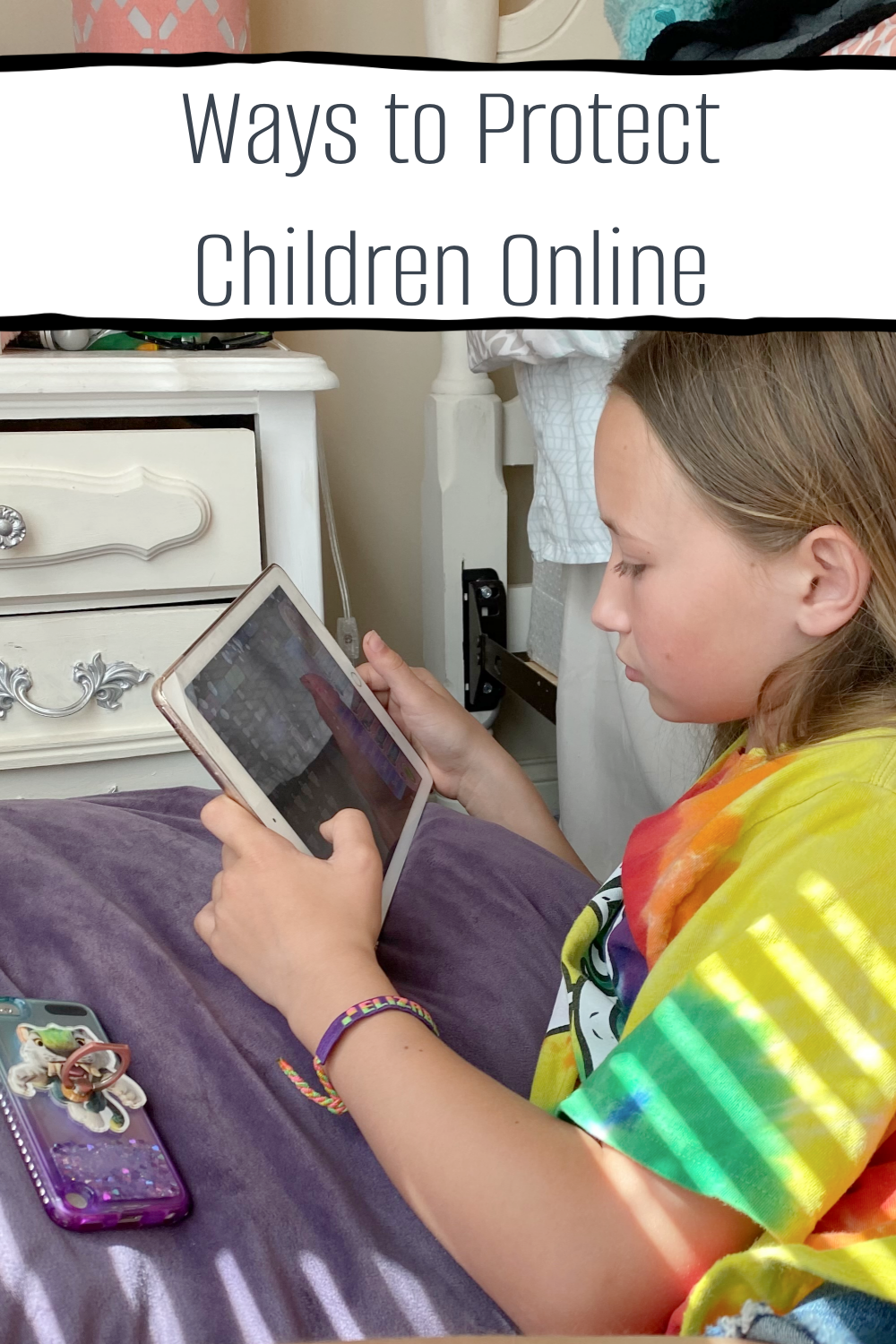Choose the Right Lenses
An optometrist can provide your child with advice about supplementary treatments and coatings that may improve their vision correction. These could consist of anti-reflective coating or glare reduction, which would help to alleviate eye strain and fatigue associated with wearing eyeglasses for long periods of time.
Be bold and ask questions, and ensure you understand your options before making a decision. Always opt for good quality lenses when buying lenses, as this will ensure that your child's vision is always clear and sharp. The team at Seek Optics guides you in choosing high-index lenses, as these are thinner and lighter than regular lenses. You should also look for high-quality digital lenses when buying the best bifocal and progressive lenses. Know that high-tech lenses are designed for increased clarity, comfort, and improved vision.
Get the Frame Right
Going for too large frames will also cause problems, so try to opt for something that fits snugly and securely. If you're struggling to find the perfect frame, take your child to an optician who can measure their face shape and suggest frames that will fit them best.
Select the Right Accessories
Investing in some cleaning products, such as lens cloths and sprays, is also a good idea, which will help keep the lenses smudge-free and looking great. Some stores also offer eyeglass warranties that allow you to replace the glasses if damaged or lost.
Go Lightweight
Check the Temple's Length
The adaptability of the glasses is critical, especially when it comes to temple measurements. If they're too long, your child's glasses may fall off if their head moves in any direction; conversely, if temples are too short, pressure and discomfort will be applied to either side of their head.
Instead, you should look for adjustable-length temples that allow you to customize the fit for your child's comfort. Ordinarily, temples extend from the frame's hinge area to the tips and are usually measured in millimeters (mm). The standard temple length for children is 120 mm, but this may vary depending on the size of your child's head.
It's important to take your child's face shape into account when shopping for glasses. Rectangular frames compliment round or oval faces, while those with square or diamond-shaped features are most flattered by rounded frames. To make sure the glasses fit well and look their best, be sure to try them on before purchasing.
Choosing the perfect glasses can be a daunting experience for parents and children. But as long as you have all of the necessary information and advice from an optometrist, it should be relatively stress-free. Be sure to take your time with the process, and only rush into decisions once you're sure that you've found the perfect frames for your child. By following these tips and with patience, you can be sure to find the ideal pair of glasses for your child.









No comments
Thank you for dropping by! I would love to hear what you thought. :)
Thanks!
♥,
Diana